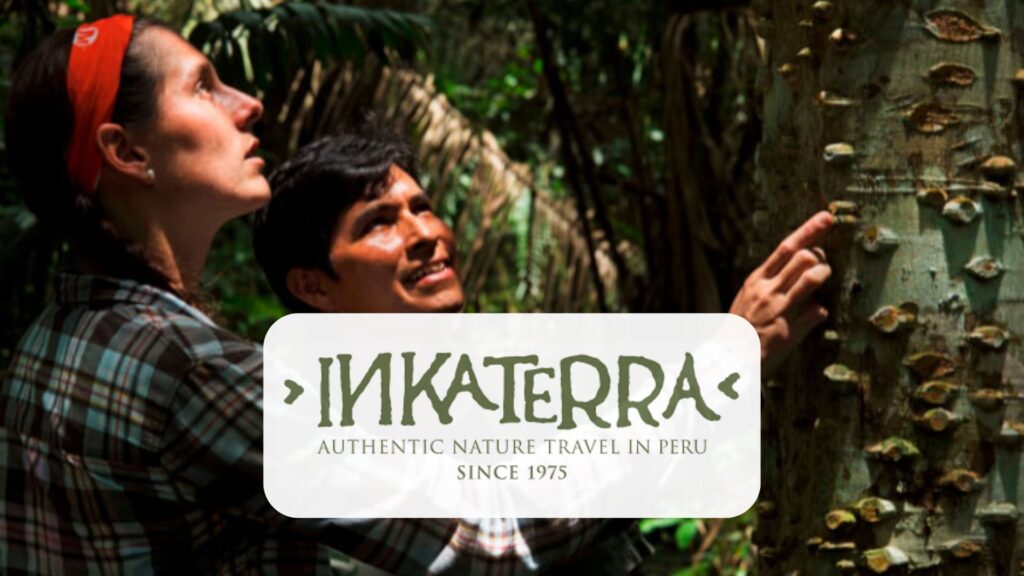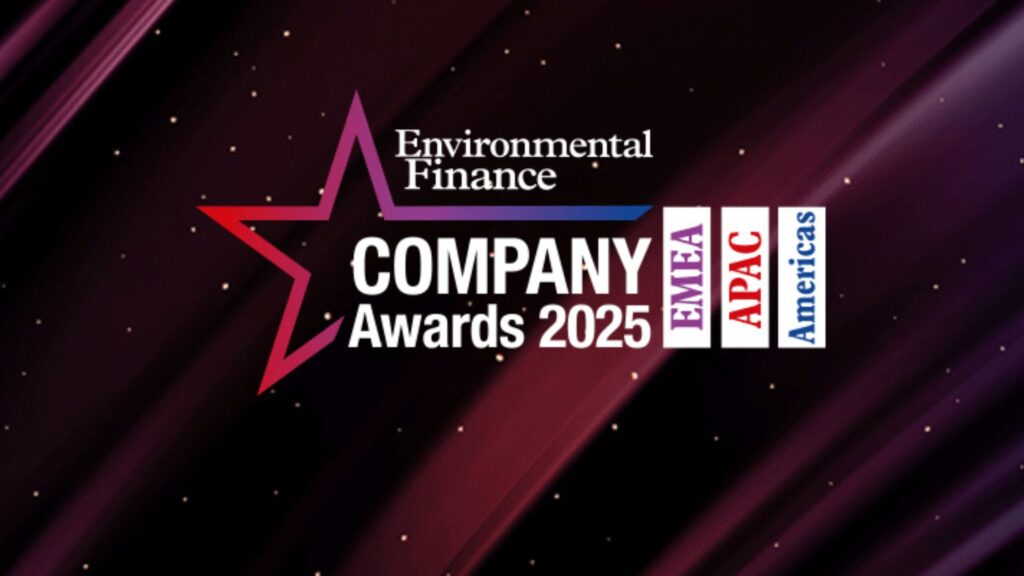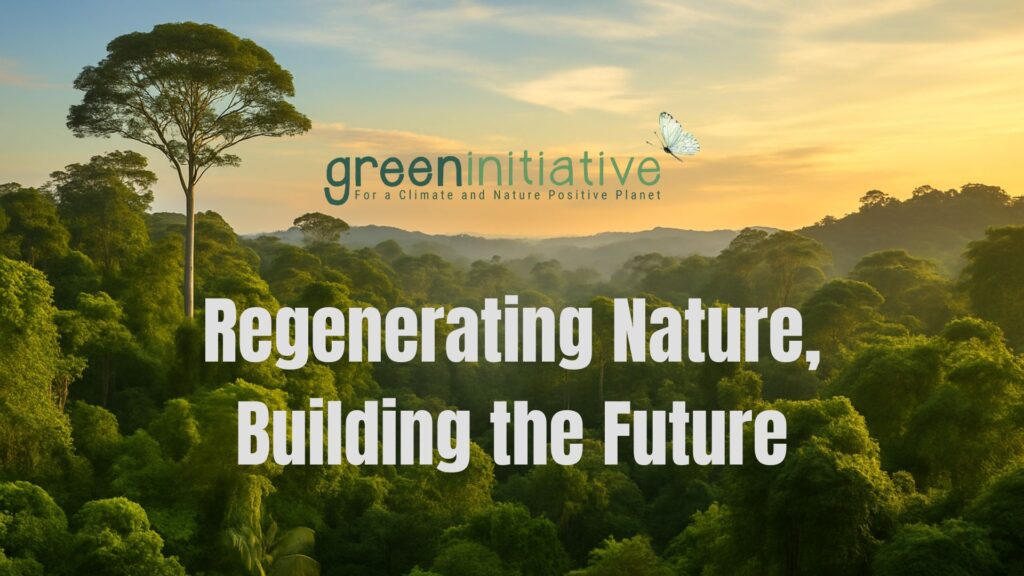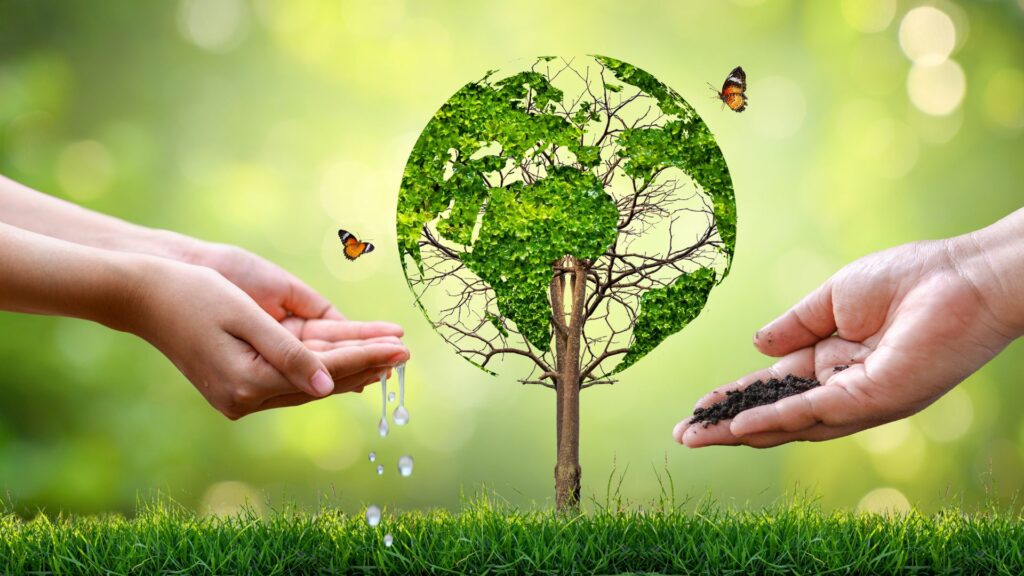Inkaterra: 50 Years of Pioneering Sustainable Tourism and Global Climate Action
Few organizations have done as much to redefine the future of tourism as Inkaterra, a true pioneer in sustainability, Peru ecotourism, and biodiversity conservation across Latin America. This year, as Inkaterra celebrates its 50th anniversary, the Green Initiative team is honored to recognize and celebrate our partner’s extraordinary journey — one that has transformed not only the way we experience travel, but also the way we connect with nature and contribute to a more climate positive and nature positive future. Joe Koechlin: A Visionary Behind Inkaterra’s 50 Years At the heart of Inkaterra’s 50-year journey is Joe Koechlin, its founder and driving force. Since establishing Inkaterra in 1975, Koechlin has redefined what tourism can mean for both travelers and the planet. His conviction was clear from the start: hospitality must be inseparable from conservation, scientific research, and cultural preservation. Guided by this vision, Koechlin transformed Inkaterra into one of the world’s most respected models of sustainable hotels and regenerative tourism. Under his leadership: Koechlin’s work has also had profound international resonance. His voice has been instrumental in showing how the private sector can align with global climate goals while delivering unforgettable travel experiences. With Inkaterra soon reaching its 50th anniversary in 2025, his leadership continues to inspire new generations of hoteliers, conservationists, and travelers committed to a climate and nature positive future. Inkaterra: A Legacy of Conservation and Innovation Since its founding in 1975, Inkaterra has been at the forefront of ecotourism and environmental preservation. Through scientific research, reforestation, and community engagement, the organization has created a model where hospitality, ecotourism, and conservation walk hand in hand. Over the decades, their projects have become international milestones, showing the world that protecting biodiversity and generating social value are not only possible, but essential. The August edition of Inkaterra’s newsletter highlights this remarkable legacy in the article “Inkaterra 50th Anniversary Milestones”, celebrating half a century of achievements in protecting Peru’s natural and cultural heritage. From pioneering sustainable tourism in the Amazon to creating conservation projects in Cusco and Cabo Blanco, Inkaterra continues to inspire destinations worldwide. A Strategic Alliance for a Climate Positive Future Our collaboration with Inkaterra is built on a shared vision: that the tourism industry can be a driver of climate action and ecosystem regeneration. Together, we have celebrated achievements that resonated across the globe: Forest Friends at the Economy of Francesco We are deeply grateful to Inkaterra for highlighting our project Forest Friends in their newsletter article “INKATERRA AND GREEN INITIATIVE: GLOBAL RECOGNITION FOR ECOSYSTEM RESTORATION”. Forest Friends was recently selected to be showcased at the Economy of Francesco Extraordinary Ideas Global Event 2025, a gathering inspired by Pope Francis that brings together leaders, entrepreneurs, and changemakers to build a new economy rooted in social justice, environmental sustainability, and the common good. This recognition is not just about our work — it is a testament to a shared commitment with Inkaterra: proving that tourism can be a powerful tool for climate and nature positive transformation. Facilitate your businesses journey towards value-driven climate and nature positive impacts with Forest Friends. Through Forest Friends, individuals, companies, and institutions can calculate and offset their carbon footprint by planting native trees, protecting biodiversity, and generating social benefits in regions of high ecological importance such as the Osa Peninsula (Costa Rica), Madre de Dios (Peru), and beyond. Looking Ahead: A Shared Path Toward 2050 As Inkaterra steps into its next 50 years, we celebrate their pioneering role in uniting science, tourism, and conservation. Together, we are building replicable models for sustainable tourism that inspire global action and directly support the goals of the UN Decade on Ecosystem Restoration. On behalf of the Green Initiative and our global Forest Friends community, we congratulate Inkaterra on this historic milestone. May the next decades bring even greater achievements in climate action, biodiversity conservation, and regenerative tourism — for Peru, Latin America, and the world. This article was written by Yves Hemelryck from the Green Initiative team
Inkaterra: 50 Years of Pioneering Sustainable Tourism and Global Climate Action Read More »










